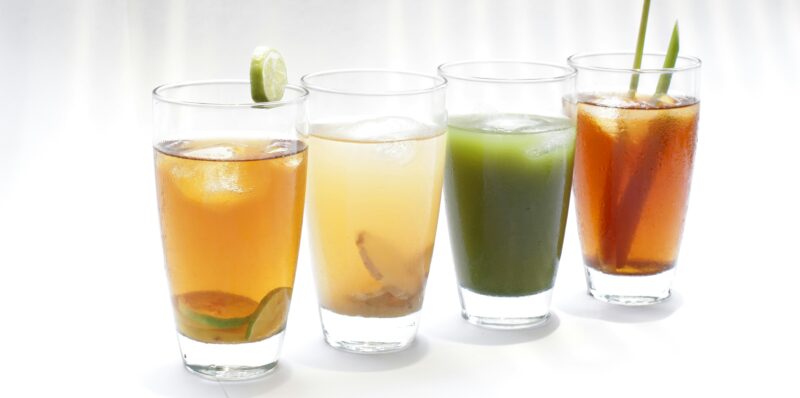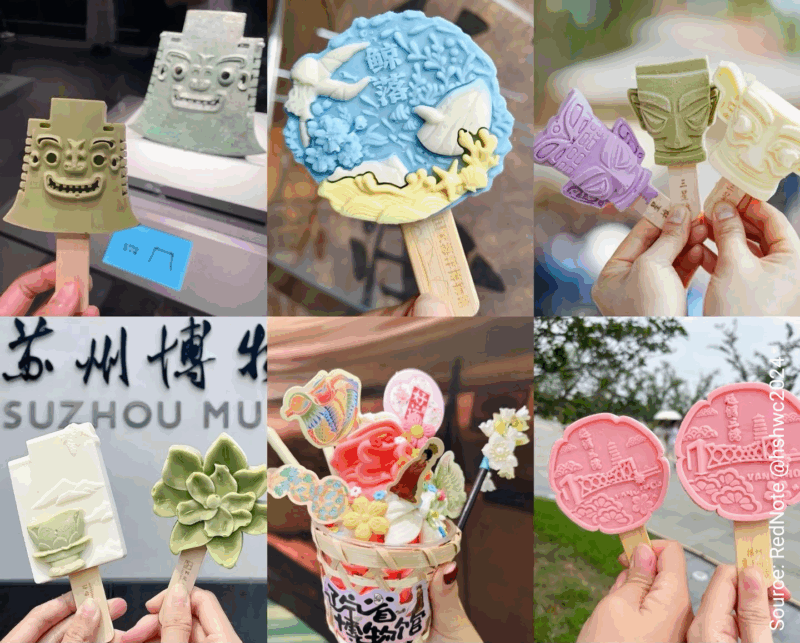Food & Beverages
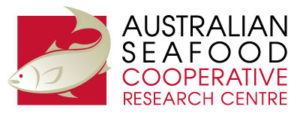


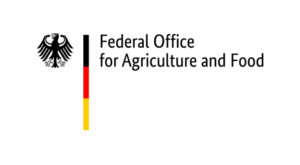
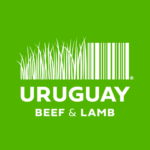






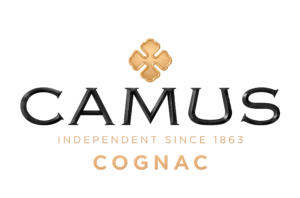



In recent years, the rise in Chinese consumers’ disposable income is boosting the food and beverage industry in China (F&B): in 2019, Chinese food market had a total revenue of 114.3 billion RMB, while the beverage market hit 57.9 billion RMB that same year. There is a much greater awareness of the importance of health, causing a significant increase in milk and nuts sales and pushing F&B companies to reduce the amount of sugar in their products and use higher quality ingredients. F&B branding is getting more innovative and experimental: companies rely more on digital marketing tools, such as KOLs and KOCs, establish collaborations with companies from other industries and launch peripheral products to promote brand uniqueness.
Our experience consulting for clients in the food and beverage industry includes in-depth interviews with restaurant owners and insiders for a point-of-service analysis project, store checks for a supplement company, benchmarking and qualitative professional interviews for a promoter of wines, sensory research and focus groups on a variety of products including chocolate, vitamins, confectionary, jam, fried chicken and more.
Download our China F&B White Paper

China’s ready-to-eat food market is undergoing big changes. Indeed, nowadays, Chinese consumers are much more demanding and tend to pay greater attention to healthier ingredients, better tasting and higher quality. While the sales volume of instant noodles is decreasing, the ready-to-eat soup market is growing steadily. Frozen food consumption is expected to experience a growth as well, especially in mid-tier cities..
China currently imports around 79 billion dollars of food, making it one of the world’s largest imported food markets. Packaged snacks, beverages, dairies, meat, and health food are the most popular products imported to China. The European Union is China’s largest imported food supplier, followed by the United States, New Zealand, Indonesia and Canada. Confusing rules and regulations make life difficult for foreign businesses.
By 2021, the health food market in China is expected to reach sales of 330.7 billion RMB. This is a clear sign of Chinese consumers’ greater health awareness and perceptions. As health awareness grows, the need for health-related products such as vitamins, minerals and supplements is going to increase as well. Both domestic and foreign companies operating in such realm will have to be very creative if they want to be able to compete with the Traditional Chinese Medicine in their attempt to catch young Chinese consumers’ attention.
Due to serious pollution and frequent food safety scandals, consumers now pay greater attention to food quality and safety. In 2018, domestic sales of organic food in China jumped from 60.67 to 63.15 billion RMB. In addition, more and more consumers are willing to purchase fresh food online, fostering sales of organic food: the amount of produce ordered on Pinduoduo in 2018 surpassed 65.3 billion RMB, with a 233% increase compared to the previous year. Even though the pandemic brought about a contraction of the market, the emerging health awareness is leading to a rapid recovery.
In recent years, the baking industry has boasted a year-on-year growth rate above 10% and, according to the China industry research institute, the retail value of the baked food market in China was nearly 217 billion RMB in 2018. Young consumers are the main engine of the market growth and companies in China are constantly developing in order to adapt to their tastes, including in the method the use to produce and promote baked food.
The meat market in China is the second largest sector in the country’s retail food market, soon after the fresh vegetables sector. Currently, China is the world’s largest producer, consumer and importer of meat. In 2019, the country consumed around 28% of the global meat supply, which accounted for 73% of the Asia-Pacific meat market value. Pork still makes up 80% of the market, but beef and veal meat consumption are expected to witness a significant rise in the following years. Lower entrance barriers, a relentless growing demand and the increasing need of meat imports make China’s market very attractive for foreign meat suppliers.
Surfing on the health trend, the meat substitute industry in China is growing fast. China is one of the largest consumers of vegan meat, representing about 1/4 of the world’s market. Western producers dominate the market, nevertheless, logistics issues and a legal framework for vegan meat at its infancy obstacle the growth of such promising market.
AI technology is becoming more and more widespread in China’s catering industry. The most visible application of AI in F&B is the use of robots in restaurants in China: earlier this year, Chinese e-commerce giant JD.com announced plans to open 1,000 restaurants by 2020 where food will be prepared and served by robots. However, AI can also be used to enhance safety and hygiene, to personalize customers’ experience, to automate food delivery and much more.
The coronavirus pandemic in 2020 had a serious impact on the Chinese and global seafood supply chain. However, before the outbreak of covid-19, China’s seafood market was booming due to a sustained increase in per capita disposable income. Health, freshness and taste are the main elements Chinese consumers are looking for. Usually seafood consumption in China soars dramatically in fall or during national festivals.
Currently, China dairy market ranks second in terms of volume after the US, while it is estimated to surpass the US as the largest dairy market in the world by 2022. The Chinese government promotion of a higher consumption of dairy products, the rise of a richer middle class increasingly exposed to international trends and the growing health awareness are pushing dairy sales upwards. Despite between 2014 and 2017 cheese imports have almost doubled, per capita consumption in China is still lagging behind compared to other Asian countries. Nevertheless, cheese market in China is expected to grow in the following years, especially as parents are increasingly purchasing it for their children.
Eating snacks in China is a way to share food and strengthen social relationships. In 2020 Q1, the top 5 categories of snacks sold online were nuts, cakes and pastries, cookies, meat and dried fruit. The pandemic had a two-fold effect on the snack market in China: on the one hand it fostered its development, while, on the other hand, it changed snacking habits of Chinese consumers, causing an increase in sales of meat snacks and meal replacements.
Even in this case, health and innovation are two main features characterizing the future trends of such industry.
Domestic sales of tea in 2018 witnessed a 5.2% year-on-year increase, reaching 266.1 billion RMB and an average sale price of 139.3 RMB/kg. Green tea is both the most exported variety and the main tea purchased domestically. Even if ready-to-drink tea is currently the largest market segment, healthy low-calorie tea-based drinks are getting more and more popular as Chinese consumers’ health awareness is rising. New style tea is pretty widespread among Gen Z consumers, who especially love enjoying milk tea.
Between 2011 and 2018, the consumption of green coffee beans in China grew way faster than the global average, hitting a compound annual growth rate of 21.74%. However, even though such industry is full of opportunities, coffee per capita consumption remains at only 7 cups. Foreign companies keep on dominating the market and after the scandal involving the domestic internet coffee brand Luckin Coffee, the future of Chinese brands in the coffee market looks uncertain. The coffee shop market is concentrated in large tier-1 cities like Shanghai and Beijing, where more consumers have adopting coffee drinking culture.
Due to economic and demographic shifts, interest for craft beer is growing. Currently, Chinese consumers enjoy drinking more bitter and higher alcohol content beer, boosting the sales of imported beers. As the market matures, premium wine consumption increases as well. Although French, Italian and Spanish wines are the most sought after, Australian wines are the second most imported ones. Last but not the least, brand awareness regarding foreign spirits is gradually rising, despite Baijiu is still by far the most popular spirit in China.
The juice market in China was worth 143.5 billion RMB in 2019. The main trend in this industry is the fast rise of pure juices, which almost doubled their market size between 2014 and 2019.
Plant-based drinks, such as soymilk, walnut milk, rice milk and coconut milk are very popular in China. Domestic players dominate the market, but some foreign brands, such as Oatly have succeeded in finding their own niche as well.
Despite growing concerns over the potential harmfulness of energy drinks on health, they are gaining increasing popularity among young Chinese consumers. China is the largest energy in the world, recording a year-on-year growth rate of 10% in 2019. Red Bull controls most of the market, but there is still room for competition.
Due to a high frequency of lactose intolerance among Chinese consumers, China’s milk industry potential has long been underestimated. However, between 2012 and 2017, China’s milk sales increased from 8.9 million tons to 9.79 million tons, reaching a market size of 117.2 billion RMB.
The same year, yogurt market revenues almost overtook those of the milk market, hitting 122 billion RMB. Domestic players, such as Yili and Mengniu, dominate the market and the growing health awareness and belief in dairy’s health benefits is boosting sales of famous high quality brands, such as Momchilovtsi and Ambrosia.


